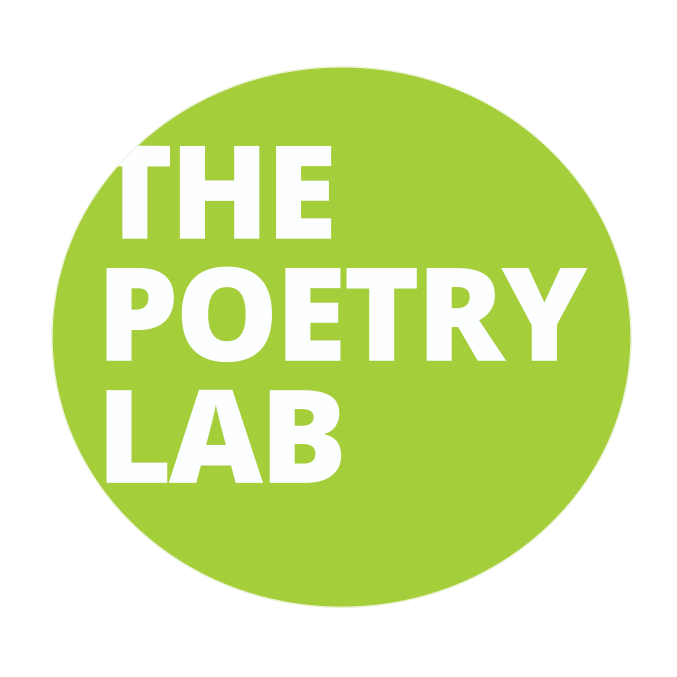
Self Publishing is Actually Pretty Cool
PUBLISHING
DANIEL LISIMillions of books are published each year in the United States with Bowker reporting over four million published titles in 2019. This staggering figure is a tenfold increase compared to Bowker’s 2007 statistics, and nearly half of the titles that contribute to this figure are self-published.
We can see this trend replicated in any industry where the means of distribution has become accessible to independent creators. Video games are a fantastic example; in 2004 the Valve Corporation completely flipped video game distribution on its head by introducing digital distribution via Steam, the de facto marketplace for PC gamers to purchase and download games to their rigs. For the first time, game developers were freed from the confines of the printed disc and could facilitate their own publishing process from the comfort of their home. This revolutionized the industry, forcing Microsoft, Sony, and Nintendo to follow suit with their own digital distribution marketplaces, ultimately enabling independent developers to create and publish their own works direct to platforms. Now over 10,000 games are released a year on Steam - more than half self-published.
Books are no different with the advent of Amazon’s Kindle Direct Program and Ingram’s LightningSource + IngramSpark programs. Authors now have the capability to behave as their own publisher and reach sales channels that are veritably indistinguishable from what your traditional publisher utilizes.
Self-publishing does have its downsides; print on demand, the default for any self-published distribution channel for books, sports an array of quality assurance pitfalls, bookseller biases, on-rails print options, and ineligibility for awards or critical reviews. However, the upside is a digitally listed book that is globally accessible through wholesale and retail sales channels with an undiluted margin.
Self-publishing is not superior to traditional publishing, nor is it inferior. It is yet another tool in the shed. This begs the question:
What makes a good candidate for the self-publisher?
You have your own audience. Social media influencers, bloggers, brands – if you’re already cultivating a readership, you’ve already done half the work of a publisher.
You’re sitting on a mountain of content with no other publishing opportunities. Why wait? This isn’t to say one should rush the book making process, but if you’re feeling stagnant on publishing opportunities, now is the right time to pull the trigger yourself.
You want to experiment. Nothing’s stopping you from pursuing traditional publishing opportunities parallel to self-publishing a catalog of work that publishers may shy away from.
Many Hats
With the immense effort it takes to make a quality craft of, well, anything, it’s no surprise that most writers want to hone their focus on writing good books. Administering the publishing process is an entirely other job that can be handled in a strategic partnership.
The publisher’s duty is to help guide the author in crafting a book that is ready for market, communicating the scope of the project to distributors, the marketing narratives to booksellers, facilitating the product elements of a book’s design and manufacturing, defining the rules of retail and wholesale pricing, and acting as a custodian for the title throughout (ideally) the rest of time.
When self-publishing, one should start by re-tuning the narrative. You must not think of yourself only as an author. You must also view yourself as a publisher. Through that lens the scope of responsibility inflates. Once the first draft of your manuscript is complete, you must snugly fit your publisher hat on top of your author hat and…
Begin the book cover design process. Either you have design chops, a Photoshop-savvy friend, or a budget to hire someone. This process could cost anywhere between sweat equity to a low-to-mid four-figure sum.
Identify who your editor is and what you’re hoping to gain from the editing process. Line edits? Generative notes? Pairing down? Narrative cohesiveness? This could be a workshop colleague willing to work for a revenue split or someone you hire. It’s about collaborative trust, working with someone who understands your context, and applying a second set of critical eyes on the end-user experience.
Layout design. There are many tools that now exist for typesetting a book. Like the cover design process, you can either run this process yourself or set aside a nominal budget.
Proofreading. Once you have drafts complete of your book files it’s time to read and reread until everything is crystalized. It’s, of course, helpful to bring in a pair of fresh eyes for this process, either through collaborative partnership or payment.
As a comparative example, my publishing imprint Not a Cult spends approximately $1,500 on cover and layout; another $1,000 on editing (if looking at a ~80 page poetry title), and another $750 on proofreading. Factoring in author advances, a full-length poetry book before printing costs anywhere between $3,500 - $6,000 for us to produce.
By the end of this production process you have two files - a print-ready cover jacket and your typeset interior.
Controlling the Means of Distribution
Let’s talk about the Ingram Company. Ingram began as the largest wholesaler of books in the North American continent. They’ve since expanded into a multifaceted conglomerate comparable to any Big Five publisher; they’ve acquired prestigious book distributors Publishers Group West and Consortium, they’ve acquired a vast fleet of digital printers creating a global print on demand grid, and they’ve gobbled up an array of ecommerce fulfillment warehouses.
Most pertinent to this story, they administer a tool called ipage. ipage is a web tool used by booksellers and librarians to acquire inventory at wholesale, making a title widely accessible to the trade. Self-publishers can use IngramSpark to list their digitally distributed, print on demand title on ipage, setting their own wholesale rules, crafting their own metadata, and controlling how their title appears across sales channels.
Beyond ipage, the IngramSpark tool enables self-publishers to also blast their title across a variety of bookselling platforms such as Amazon, Barnes & Noble, Google Books, and more. Users can also cast a huge net with eBook distribution.
With this tool exclusively using print on demand technology, the self-publisher loses certain custom printing options (as well as risking certain quality assurance edge cases) but is able to host a widely available book with no upfront printing or warehousing costs.
While this tool does make a title accessible on Amazon, I suggest using it in tandem with Amazon’s KDP. KDP enables users to upload their book files using a very similar process to IngramSpark, but instead of wholesale, it allows users to control full retail listings of their book across 12+ countries on Amazon. While this is not an endorsement to the Bezos combine, it is a high-margin, highly accessible option for the self-publisher.
With these tools combined, the self-publisher has created a title listing available to readers in 12+ countries and accessible to the trade at wholesale with direct deposits cashing out every month.
With such pervasive placement a final, more subtle boon is bestowed upon the self-publisher: search engine optimization. Books take huge priority in the search engine hierarchy; with a title and author placed across such a diverse array of sales channels, the self-publisher can do a lot in engineering search phrases in a title’s metadata that can take an otherwise competitive phrase (such as an author’s name) and create an entirely new breadth of visibility for the author. As commerce becomes ever-increasingly digitized, this factor is perhaps one of the most prominent value adds the self-publisher creates for themselves.
Circling back to the subject of agility; this distribution process can be established in a matter of weeks. Compare that to the typical trade schedule where books are put through a distribution process with a minimum 12-month lead time.
All that being said…
Self-publishing can be deployed at a highly competitive level. The self-publisher can be a one-person powerhouse of production, creating a robust backlist that could potentially serve as a perennial asset or path to future business development opportunities.
We can look at poets such as Rupi Kaur as an extreme example of success. Milk and honey was originally a self-published book via Amazon’s KDP until Andrews McMeel acquired her title, expanding upon the robust market she created for herself.
Publishers in any industry ride a fine line between artistic integrity and opportunism. Infrastructures responsible for investment are typically risk averse. In more niche markets such as poetry, I am seeing increasing examples of publishers that are no more competitive than these self-publishing options, deploying tools such as LightningSource to grant their titles widespread market access via print on demand.
And that should serve as a fine litmus test for any traditional publishing opportunities ahead of you. What is the publisher providing you that you couldn’t provide yourself? Is the business opportunity being presented going to be an equitable division of labor? Do the distribution opportunities increase through the publisher, or are they the same as if you went through Ingram independently? Is the investment the publisher is putting in going to scale beyond your current audience scope, or are they simply riding the wave you’ve created?
You have the tools.
Afterword
In a post about self-publishing, I would be remiss not to mention Tetra House, the self-publishing services division to our trade publishing group Chapter House. If you’re an author interested in diving a bit deeper into the world of self-publishing, please feel free to reach out with any questions.
This post originally appeared on Daniel Lisi’s blog and is reposted here with permission from the author.
Resources
Sources
“Self-Publishing in the United States, 2013-2018”: https://www.bowker.com/siteassets/files/pdf-files/bowker-selfpublishing-report-2019.pdf
Annual release figure reporting by SteamSpy
This article was published on March 11, 2022. Written by:



